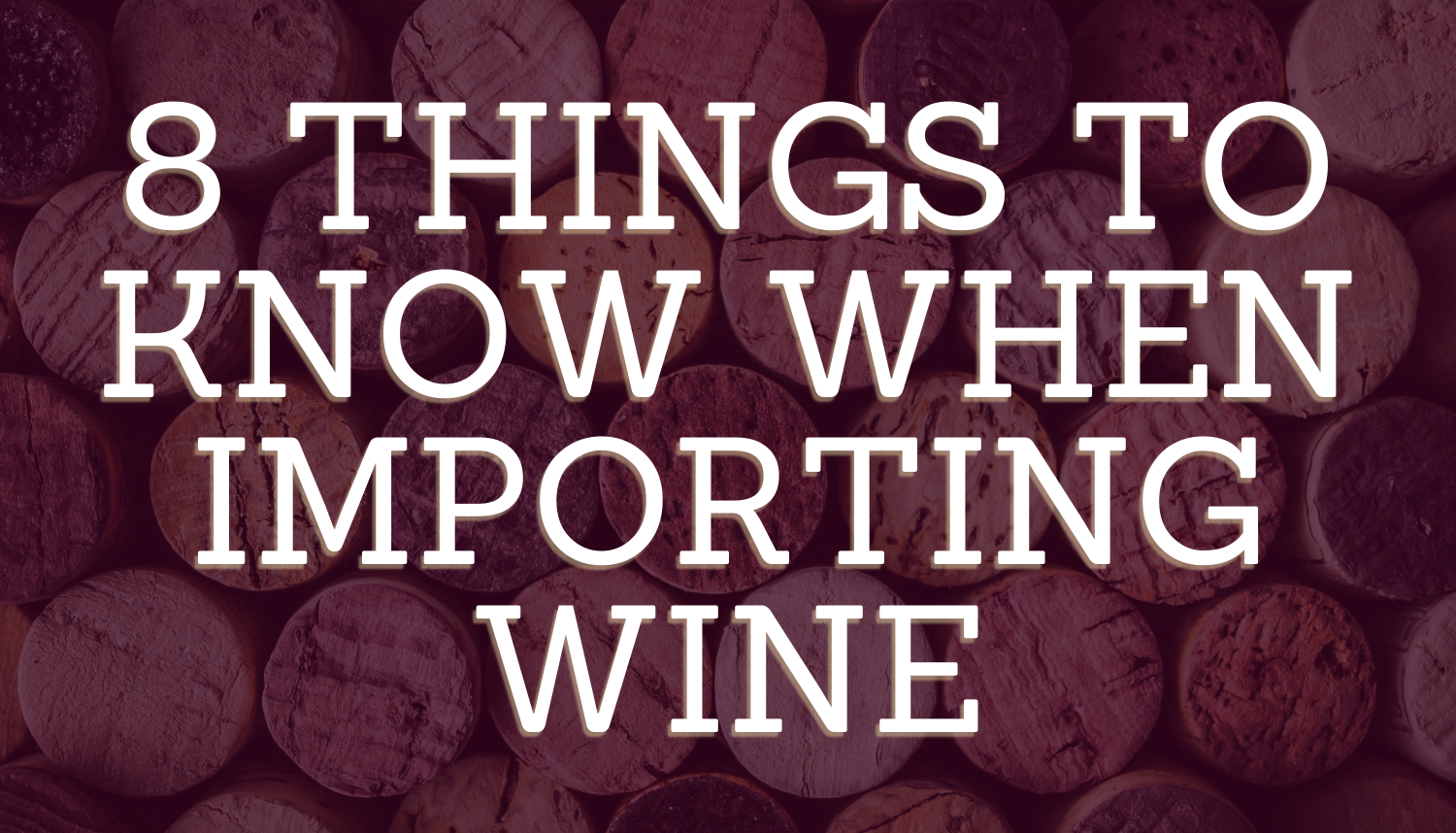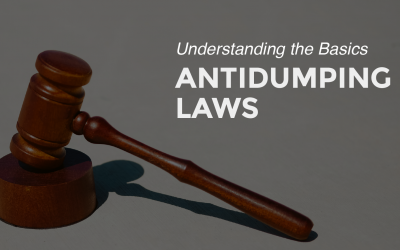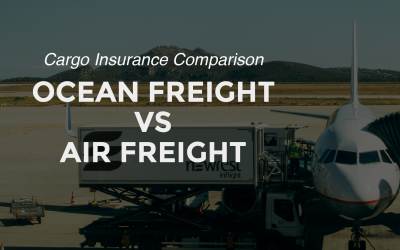Those shipping wine to the United States will need to work with Customs to get it imported, and there are a few things to know about navigating this.
The key to efficiently importing wine into the U.S. is knowing all the restrictions and regulations that apply, along with a few other specific steps.
1. Ensure You Have Completed The Proper Customs Paperwork.
You must have all applicable Customs paperwork in place to import any alcohol. It is required that you complete all standard Customs requirements as well as additional requirements for the importation of alcohol.
A federal permit is required if the imported wine is for commercial or resale purposes. The Federal Alcohol Administration Act (FAA Act) requires importers to obtain an Importer’s Basic Permit and a Certificate of Label Approval (COLA) with the Alcohol and Tobacco Tax and Trade Bureau.
Once you are permitted to import alcohol into the United States, you must:
- File an ISF 24 hours before the shipment departs from origin
- Have a Customs Import Bond on file
- Pay all estimated duties on imported wine
- File cargo release
- File an entry summary (CBP Form 7501)
- Ensure all entry documentation is complete
2. Be Aware of Specific Taxes and Duties for Shipping Wine.
CBP charges specific duty rates on wine shipments. The duty rate is usually based on each bottle’s alcohol content rather than the monetary value of the wine. You can expect to be charged approximately 1-2 dollars per liter. You can find specific duty rates in Chapter 22 of the Harmonized Tariff Schedule (HTS).
An excise tax is a tax imposed on the sale of specific goods or services. Also referred to as a “sin tax,” excise tax is used to discourage what the government considers unhealthy. This includes alcohol, which also includes the wine you’re trying to import. For more information on federal excise tax rates, visit the Alcohol and Tobacco Tax and Trade Bureau. Federal excise tax rates are for informational purposes only; applicable taxes vary in specific circumstances.
3. Secure a Continuous Customs Import Bond.
Having a bond on file is a mandatory requirement to import into the United States, and CBP will not clear goods at their port of entry without one. A Customs import bond ensures that should the importer be unable to pay their duties, taxes, tariffs, or other money owed Customs, that the insurance company that wrote the bond (the surety) will pick up the tab. The importer will then pay back the duties, taxes, and tariffs that were covered to the surety.
If you import more than twice a year, it is cost-effective to secure a continuous Customs bond. A Continuous Customs Bond has a term of one year and is automatically renewed each year. The bond on file is valid until it is terminated by one of the three parties on the bond; the surety, the principal, or CBP.
4. Hire a Customs Broker.
If Customs paperwork is too much, hire a Customs Broker to do it for you. A Customs Broker can handle the Customs process on your behalf so that you can focus on other things. Brokers help ensure that you are compliant with U.S. trade laws and regulations and fulfill any requirements that could slip through the cracks.
5. Be Aware of Varying State Regulations.
Wine imports are subject to varying state regulations, so it is essential to research what applies to your shipment. CBP determines the admissibility of wine according to the state’s regulations where the shipment enters the U.S. For example, If your wine enters the U.S. through a port in Virginia, CBP will enforce Virginia’s regulations.
It is in your best interest to be educated about state regulations so that you can decide where you want your wine entered. For example, some states don’t permit the importation of more than a specified amount of wine. It is also necessary to be aware of varying state excise taxes.
6. Understand How to Make Entry.
Making entry does not necessarily mean the same thing as when the wine arrives for CBP purposes. Entry can either occur at the port of entry where the goods arrived at first or, using a procedure called “in bond transit,” entry can occur in the state where the goods are ultimately shipped.
You can specify to your carrier that you want wine sent “in bond” through the port of arrival and to a port in a different state. CBP will enforce the rules of the state your wine has been sent “in bond” to rather than the rules of the state it first arrived in.
If you do not specify an “in bond” entry, your wine will make entry in the state where they first arrived in the U.S., and that state’s rules are the ones that CBP will enforce.
7. Choose a Courier That Accepts Wine Shipments.
The United States Postal Service (USPS) doesn’t allow any alcohol shipping, whether it’s a domestic or international shipment. You’ll have to use commercial carriers like UPS or FedEx.
Ensure that your carrier is fully aware that your shipment contains wine and that it is labeled fragile. Your carrier will often have other requirements carriers will ask you to meet. For example, UPS and FedEx requirements include:
To use UPS to ship wine, you must:
- Have an account with UPS
- Sign an alcohol shipment contract
- Be licensed and authorized to ship alcohol while following state and federal laws
- Not ship directly to consumers
- Properly package wine bottles using specific materials
- Label the package correctly, so it’s clear that it contains wine
- Properly document the shipment
- Require an adult signature on delivery
To use FedEx to ship wine, you must:
- Have a FedEx account
- Sign an alcohol shipping agreement
- Package the wine appropriately, with the case covered in soft, protective material to prevent breakage
- Label the shipment clearly to show it contains alcohol
- Require an adult signature on delivery
There are other carriers available to take on your wine shipment, so it is essential to do your research to determine the best shipping method for the amount you are shipping and where it’s being shipped from.
8. Protect Your Wine While it is In Transit.
Marine Cargo Insurance covers the loss, damage, or theft of commodities while in transit between the point of origin and final destination. This is also known as shipping insurance or freight insurance.
When shipping internationally, damage is always possible. Mishandling of cargo while loading or unloading, weather conditions, water damage, and piracy are common reasons for damage.
Since wine can be a precious commodity, secure a marine cargo insurance policy if you have not already.







![[Video] What Are Antidumping and Countervailing Duties?](https://traderiskguaranty.com/trgpeak/wp-content/uploads/2024/03/what-are-antidumping-countervailing-duties-YT-400x250.png)